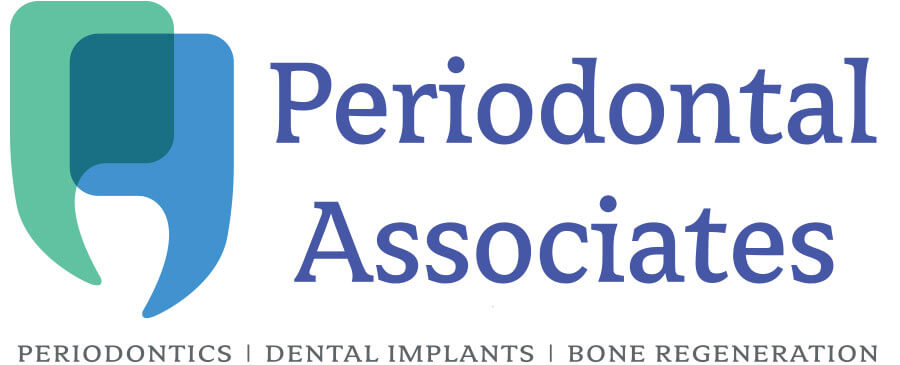
If you're considering dental implants but have been told you have bone loss, you're not alone. Many patients worry that bone loss disqualifies them from receiving this life-changing treatment. The good news is that bone loss doesn't automatically rule out dental implants, and there are several effective solutions available to help you achieve the smile you deserve.
Understanding your options when dealing with bone loss is crucial for making informed decisions about your oral health. While bone loss can present challenges, experienced periodontists have developed proven techniques to work around this common issue. Let's explore what bone loss means for your implant candidacy and how modern periodontal treatments can help restore your smile.
Understanding Bone Loss and Dental Implants
Bone loss in the jaw occurs when teeth are missing for extended periods, following gum disease, or due to trauma. Without tooth roots to stimulate the jawbone, the bone tissue gradually deteriorates through a process called resorption. This natural process can make it more challenging to place dental implants, which require adequate bone volume and density for proper integration.
However, the extent and location of bone loss vary significantly from patient to patient. Many people with mild to moderate bone loss can still receive dental implants with proper treatment planning. Your periodontist will evaluate your bone density through advanced imaging techniques to determine the best approach for your specific situation.
Bone Grafting: Rebuilding Your Foundation
When natural bone volume is insufficient for implant placement, bone grafting offers an excellent solution. This procedure involves adding bone material to areas where bone loss has occurred, creating a solid foundation for future implants. The grafting material can come from your own body, donor sources, or synthetic alternatives, depending on your specific needs and preferences.
Bone grafting procedures have become highly predictable and successful, with most patients experiencing excellent healing and integration. The process typically requires several months for the new bone to mature, but this investment in time results in a stable, long-lasting foundation for your dental implants. Your periodontist will monitor your healing progress and determine the optimal timing for implant placement.
Advanced Implant Techniques for Challenging Cases
Modern periodontal practice offers several specialized implant techniques designed specifically for patients with bone loss. Zygomatic implants, for example, anchor into the cheekbone rather than the jawbone, bypassing areas of significant bone loss. Systems strategically placing four or six implants in available bone areas are able to support full arch restorations.
These advanced techniques often eliminate the need for extensive bone grafting procedures, reducing treatment time and complexity. Your periodontist will carefully evaluate your bone structure and discuss which approach offers the best combination of predictability, comfort, and long-term success for your individual case.
Taking the Next Step Toward Your New Smile
Don't let bone loss discourage you from exploring dental implant options. With proper evaluation and treatment planning, most patients can successfully receive dental implants and enjoy the benefits of a restored smile. The key is working with an experienced periodontist who can assess your unique situation and recommend the most appropriate treatment approach.
Early consultation is always beneficial, as addressing bone loss sooner rather than later typically provides more treatment options and better outcomes. Schedule a comprehensive evaluation to learn about your specific options and take the first step toward regaining your confidence and oral health.
Frequently Asked Questions About Dental Implants
How long do I need to wait after tooth extraction before getting an implant?
The waiting period varies depending on your healing response and bone condition, but most patients wait 3-6 months after extraction. In some cases, immediate implant placement is possible, while others may require bone grafting that extends the timeline. Your periodontist will create a personalized treatment schedule based on your specific needs and healing progress.
Are dental implants painful, especially when bone loss is involved?
Modern implant procedures are performed under local anesthesia and are typically less uncomfortable than many patients expect. When bone grafting is required, you may experience some additional swelling and discomfort, but this is well-managed with prescribed medications and proper post-operative care. Most patients return to normal activities within a few days.
At Periodontal Associates, we specialize in helping patients overcome the challenges of bone loss to achieve successful dental implant outcomes. Our experienced team combines advanced techniques with personalized care to restore smiles throughout the Newton area. If you're ready to explore your implant options despite bone loss concerns, we invite you to schedule an appointment and discover how we can help transform your smile.
